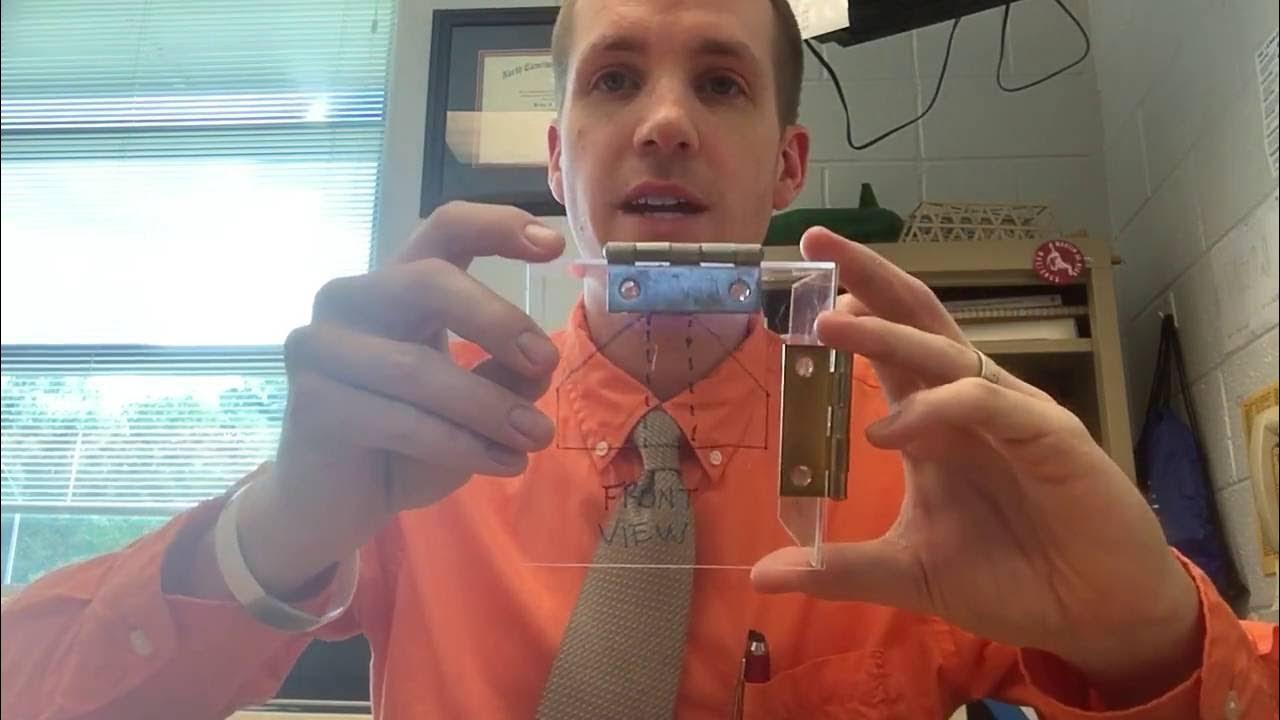Understanding an OPEN source codebase LIVE
Summary
TLDRThis video provides a comprehensive overview of the cal.com codebase, focusing on its modular architecture and essential packages like Prisma and tRPC. It highlights the importance of the UI components and the usage of Storybook for visualizing and testing these elements. The speaker guides viewers through the setup process, explaining how to run the application locally and preview email templates through an API. Emphasizing best practices for frontend development and collaboration, the session aims to equip developers with the knowledge to navigate and contribute effectively to the project.
Takeaways
- 😀 The project utilizes various packages, including Prisma for database operations and TRPC for type-safe API development.
- 😀 Storybook is integrated into the project to visualize and test UI components independently from the main application.
- 😀 Developers can easily clone the repository, install dependencies, and start the application using Yarn commands.
- 😀 The project structure includes packages for different functionalities, allowing for modular development and easier maintenance.
- 😀 Email templates are handled through a dedicated API endpoint that returns server-side rendered HTML for testing purposes.
- 😀 Each UI component can be documented using .stories.mdx files, making it easy to see variations and the corresponding code.
- 😀 The video emphasizes the importance of setting up a local development environment correctly, including starting the database.
- 😀 Developers are encouraged to contribute to the codebase by creating and testing new components and email templates.
- 😀 Modular design in the codebase promotes better collaboration among front-end and full-stack developers.
- 😀 The speaker invites feedback on the presentation style and the pace of the information, promoting an interactive learning experience.
Q & A
What is the main focus of the video?
-The video provides a detailed walkthrough of the Cal.com codebase, highlighting its structure, key components, and how to run the application locally.
What technologies are mentioned in the video and their purposes?
-Key technologies mentioned include Prisma, which is an ORM for database interactions; tRPC for strong typing across front-end and back-end; and Storybook for visualizing UI components.
How does the Storybook application benefit developers?
-Storybook allows developers to visualize components in isolation, making it easier to explore different variations, view component code, and document UI elements effectively.
What steps are required to run the Cal.com application locally?
-To run the application, clone the repository, run 'yarn install' to install dependencies, and then use 'yarn dev' in the app directory. Additionally, run 'yarn dx' in the root folder to start the database and ensure everything functions correctly.
What issue did the presenter encounter when running the application, and how was it resolved?
-The presenter faced errors related to the seed file, which populates the database with dummy users. They added try-catch statements to temporarily bypass these errors while demonstrating the application.
How are email templates tested within the application?
-Email templates are tested by rendering server-side HTML through a backend call, allowing developers to preview the email content at the specified URL before it is sent to users.
What is the purpose of the 'lib' package in the codebase?
-The 'lib' package contains common utilities and functions that are used across other libraries within the codebase, promoting code reuse and modularity.
How can a developer create new email templates?
-To create new email templates, developers should navigate to the email package within the codebase and add new entries in the appropriate files, following the established structure.
What similarities does the presenter draw between Cal.com and other projects?
-The presenter notes that like other projects, Cal.com uses a modular approach with separate packages and applications, making it easier to develop and maintain the code.
What feedback does the presenter seek from viewers at the end of the video?
-The presenter asks for feedback on the pace and depth of the presentation, offering to delve deeper into specific topics or assist viewers in making contributions to the project.
Outlines

This section is available to paid users only. Please upgrade to access this part.
Upgrade NowMindmap

This section is available to paid users only. Please upgrade to access this part.
Upgrade NowKeywords

This section is available to paid users only. Please upgrade to access this part.
Upgrade NowHighlights

This section is available to paid users only. Please upgrade to access this part.
Upgrade NowTranscripts

This section is available to paid users only. Please upgrade to access this part.
Upgrade NowBrowse More Related Video

Getting Around in BANGKOK - 16 Worst Transportation Mistakes to Avoid

Network Management Systems - 9 : NMS in Action

Parkinson's Disease Symptoms, Treatment, Nursing Care, Pathophysiology NCLEX Review

19 Things to Know BEFORE You Come to Thailand (Q&A)

Orthographic Projection Explained

Algoritma Data Mining Id3 Decision Tree | Seri Data Mining

Statistics Course Overview | Best Statistics Course | MarinStatsLectures
5.0 / 5 (0 votes)